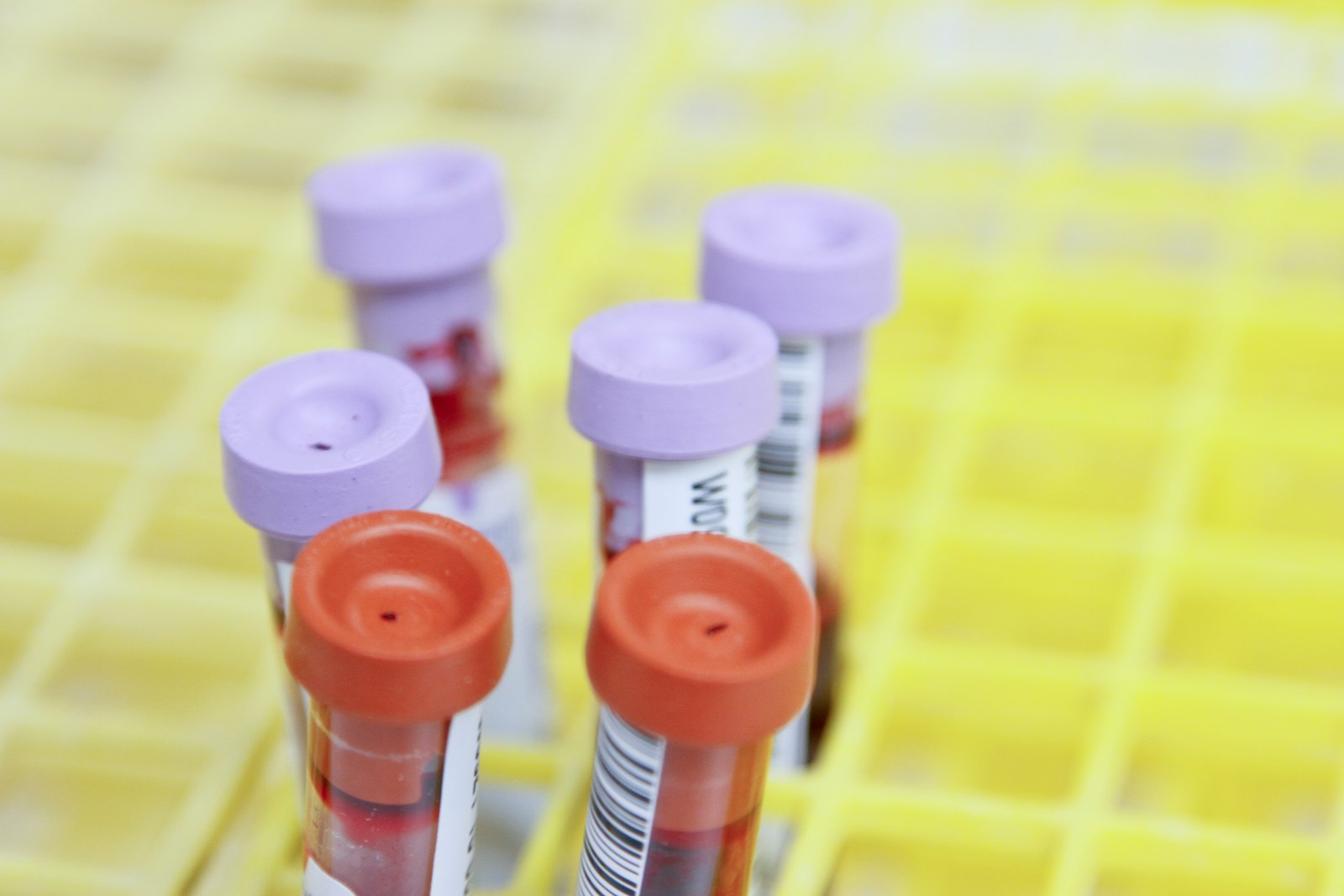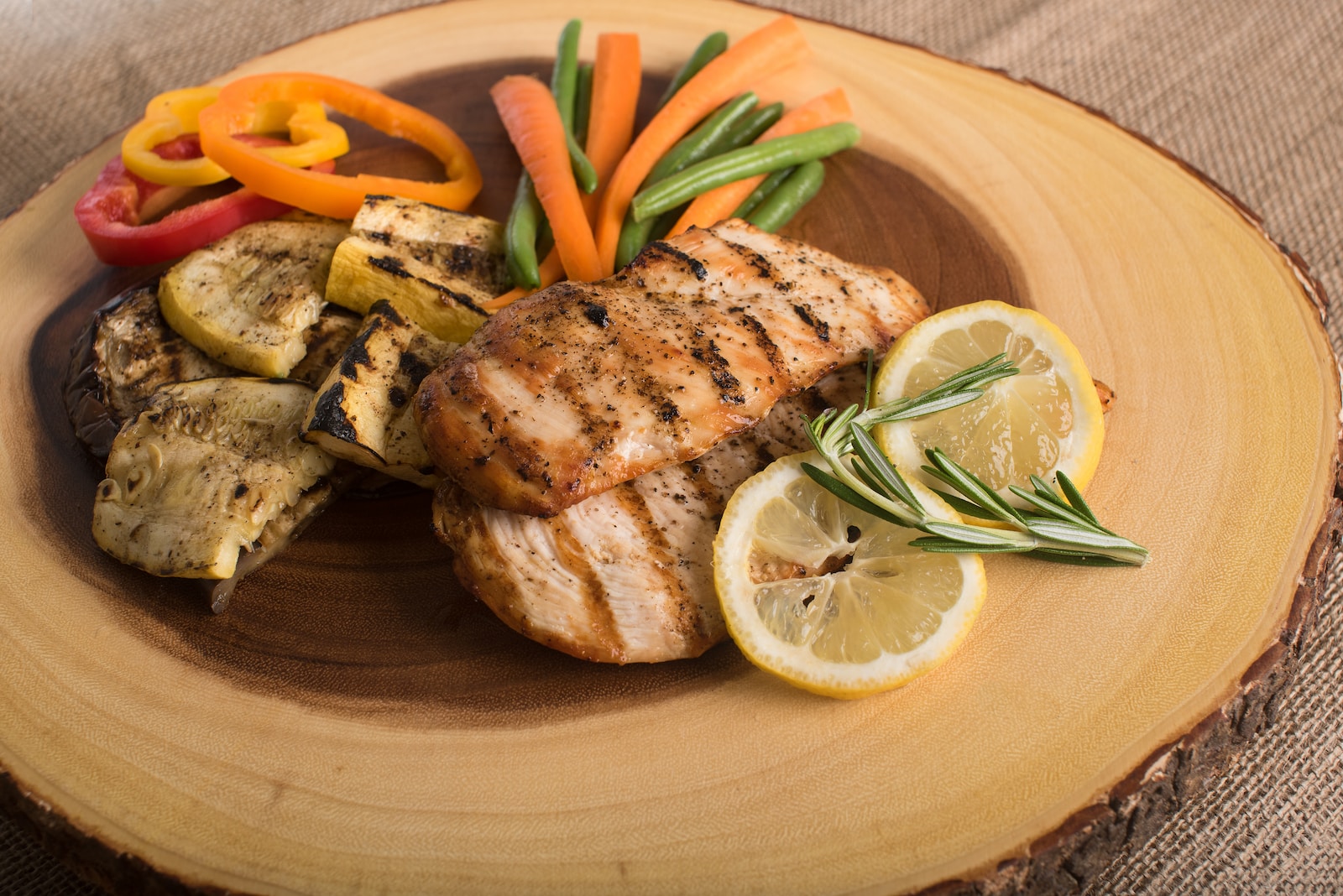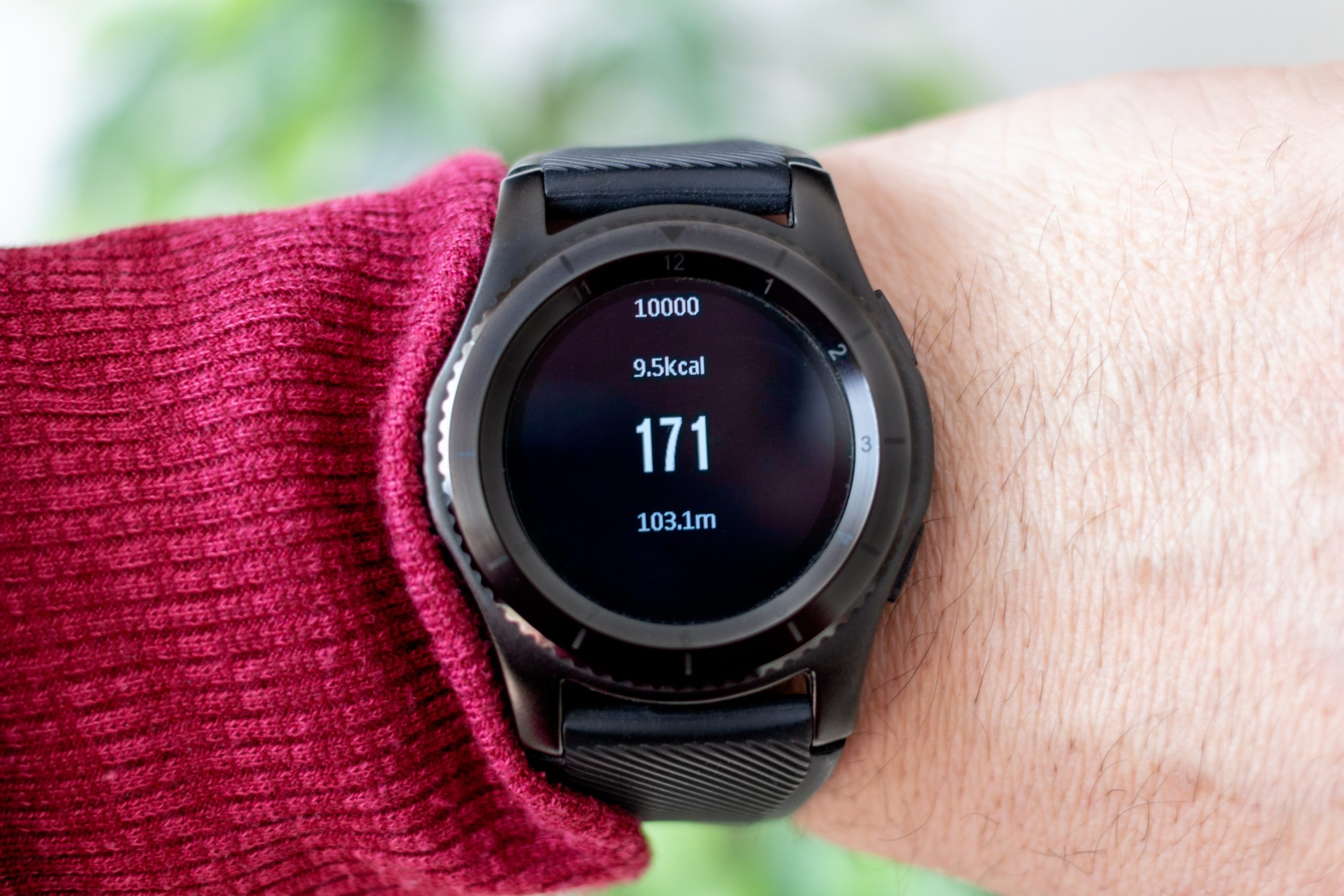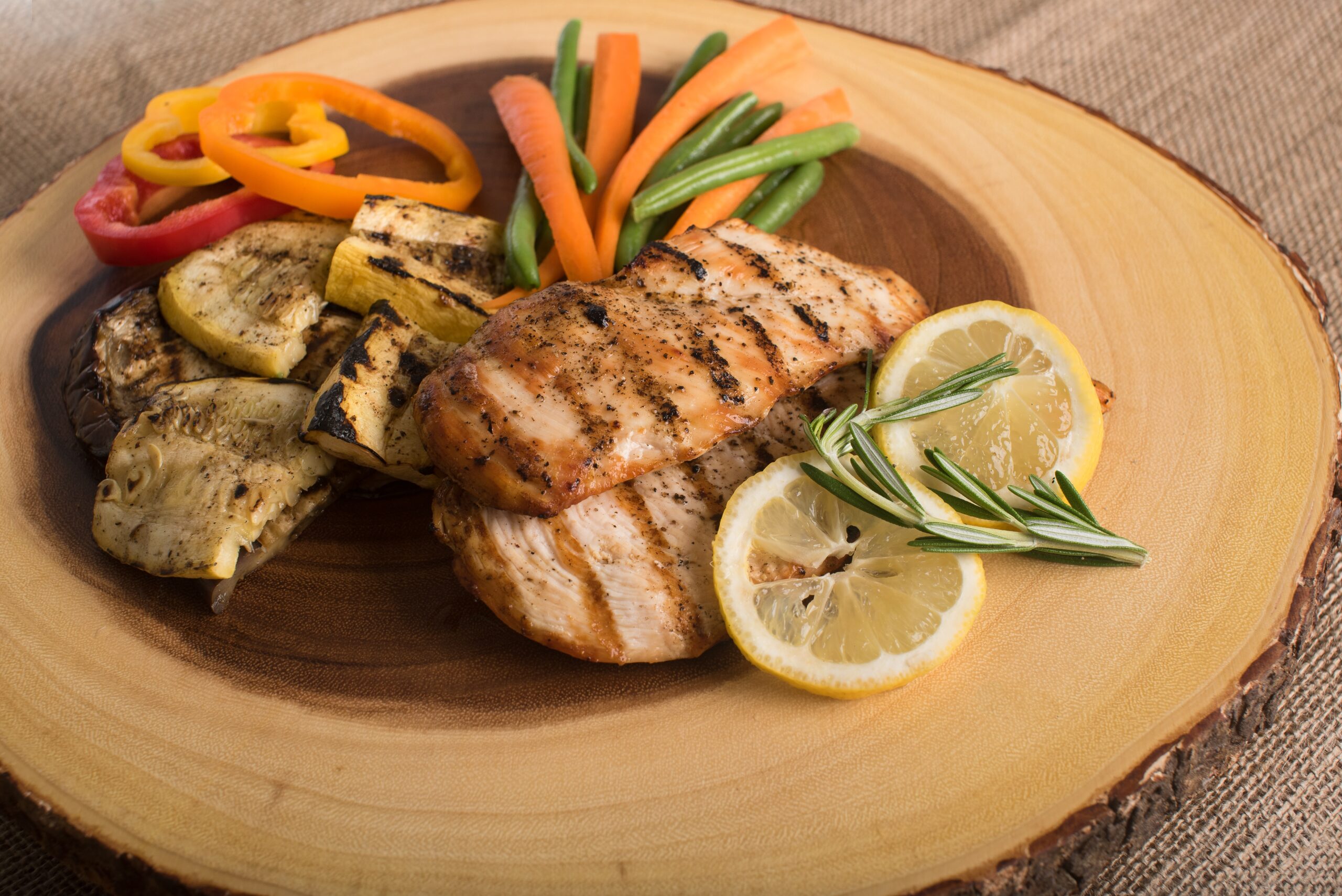The best macronutrient ratio for athletes and the truth behind calories burned

Athletes come in all shapes and sizes. Just like books, they shouldn’t be judged by their cover. Still, whether it’s to shed a few unwanted pounds or improve performance, striving for leaner body composition is an ongoing process for many athletes. But, how to achieve this ideal physique is like a fork in the road, and the weight loss GPS may guide you on an off-road journey leading to a dead end. Follow the tried and true path, and heed advice from this guide to burning calories and a balanced macronutrient ratio before you get started.
Counting Calories
With the numerous health and fitness apps at our fingertips, such as MyFitnessPal, MyPlate, and Lose It!, counting calories consumed minus calories burned has become an easy and convenient way to fit weight loss into a busy day using a simple math equation. Most assume that if the consumption of 3,500 calories equals one pound of body weight, reducing your intake by 3,500 calories via a combination of eating less and exercising more will result in one pound of weight loss, right? No, it’s not quite that simple.
Here’s how calorie counting becomes problematic: When a completed workout reports X number of calories burned, we assume that X calories all came from carbohydrates, which is glycogen that needs to be replaced. But in this case, the math doesn’t work like that. In all activities from sleeping to running all out on the track, your body is fueled by a combination of carbohydrates and fat and a small amount of protein depending on the duration of activity and food intake. You burn a higher percentage of fat when the heart rate is low (like when you’re recovering on the couch, sleeping, walking, or light jogging); and a higher percentage of carbohydrates when the heart rate is high (during speed work, tempo runs, and hill repeats).
But there is always a mix of substrate utilization (fuel source) at any given time.
So, for example, when you go for a one-hour run, let’s say an app reports you burned 700 calories. Knowing this, you might think there is some cushion in your daily caloric allotment. What the app doesn’t take into account is the fuel source of the 700 calories – which depends on the intensity and duration of the workout. During an easy one-hour recovery run, you might burn a 50/50 ratio as 350 calories from fat and 350 from carbohydrates. The fat calories don’t need to be replaced if the goal is to shed fat, but the carbohydrate calories do, and 350 calories will naturally occur at your next timely meal. As you can see, the calories-in, calories-out approach is a bit more complicated than merely entering your activities and meals.
It should be noted the reported 100 calories burned per mile is a rough estimate and may not be accurate in your case. Also, the more aerobically fit, the higher the percentage of fat (or lower percentage of sugar) utilized at higher intensities.
Training Intensity Zones and Substrate Utilization
Zones 1-3 utilize primarily a mix of blood glucose, muscle glycogen and fat.
- Zone 1: RPE=1-2; 52-60% VO2 Max, Very Easy effort – Carbs 40%/Fat 60%
- Zone 2: RPE 3-4; 61-70% VO2 Max, Easy Effort – Carbs 65%/Fat 35%
- Zone 3: RPE 5-6; 71-79% VO2 Max, Moderate effort ~Marathon pace – Carbs 80%/Fat 20%
Zones 4-5 utilize blood glucose and muscle glycogen
- Zone 4: RPE 7-8; 80-89% of VO2 Max; half marathon to 10K pace – 92% Carbs/8% fat
- Zone 5: RPE 9-10; 90-100% VO2 Max; 5k to 3K race pace – 98-99.5% Carbs/ <2% fat
*This should not suggest a runner spent more time in Zone 1-2 for the purpose of burning more fat but rather for aerobic endurance and resilience training. In higher effort zones, we burn a higher rate of calories which therefore increases the %fat burn.
Balance Your Macronutrient Ratio, Not Calories
This may come as a surprise, but the makeup of the calories you consume is more important than the number. Calories are made up of three main macronutrients: carbohydrates, protein, and fat. Athletic success, body composition, injury prevention, and overall health rely on proper nutrient timing and the right balance of carbs, protein, and fat.
As a general rule, but still, depending on the training cycle, daily activity level and intensity, gender, and age, most athletes require 40 to 60 percent of calories from carbs, 20 to 25 percent from protein, and 20 to 30 percent from healthy sources of fat. The proper nutrient timing, along with the correct ratio of macronutrients, stabilizes blood sugars and insulin response, decreases food cravings and ultimately improves body composition. Working with a sports-certified dietitian can help you customize a macronutrient plan that fits your needs, goals, and health concerns. Additional resources, like apps and websites, show macronutrient breakdowns for thousands of food items.
Frequency and Balance
If you’ve ever felt lethargic or moody after missing a meal or snack, you’re probably well aware of how often and when you eat is critical. But did you know it’s just as important as what you eat? Always start your day off with a balanced breakfast that include all macronutrients – carbs, protein, and fat. Aim to eat a snack or meal every 3-4 hours during the day.
Keep in mind that a meal may look healthy while being unbalanced, but a few simple changes can make a big difference. Just looking at your plate should give you a good indication of whether it’s healthy and balanced. Here are a few examples:
Breakfast (unbalanced):
- 1 cup cooked oatmeal
- 1 small banana
- 1 cup skim milk
Totals: Carbs: 55g; Protein: 13g; Fat: 2g
Breakfast (balanced macronutrient ratio):
- 1 cup cooked oatmeal
- 1 small banana
- 2 hard-boiled eggs
- 1 cup skim milk
Totals: Carbs: 55g; Protein: 25g; Fat: 12g
Lunch (unbalanced):
- 1 large salad with leafy greens, tomatoes, cucumbers, carrots, strawberries, pineapple slices, and few pecans with non-fat raspberry vinaigrette
- 1 whole wheat roll
Totals: Carbs: 40g; Protein: <1g; Fat: 5g
Lunch (balanced macronutrient ratio):
- 1 large salad with leafy greens, tomatoes, cucumbers, carrots, strawberries, 1/4 cup edamame, 1/4 cup corn, 1 oz. goat cheese, few pecans, 3 oz. grilled chicken breast, and non-fat raspberry vinaigrette
- 1 whole wheat roll
- 1 tsp. butter
Totals: Carbs: 55g; Protein: 36g; Fat: 22g
Takeaway
Adequately fueling your body in motion is important but knowing where those calories come from is what facilitates the real magic. The body utilizes and processes carbs, protein, and fat differently. To rev your fat-burning engine, ward off cravings and insulin spikes, and achieve optimal body composition, dial in the macronutrient ratio that works for you.









